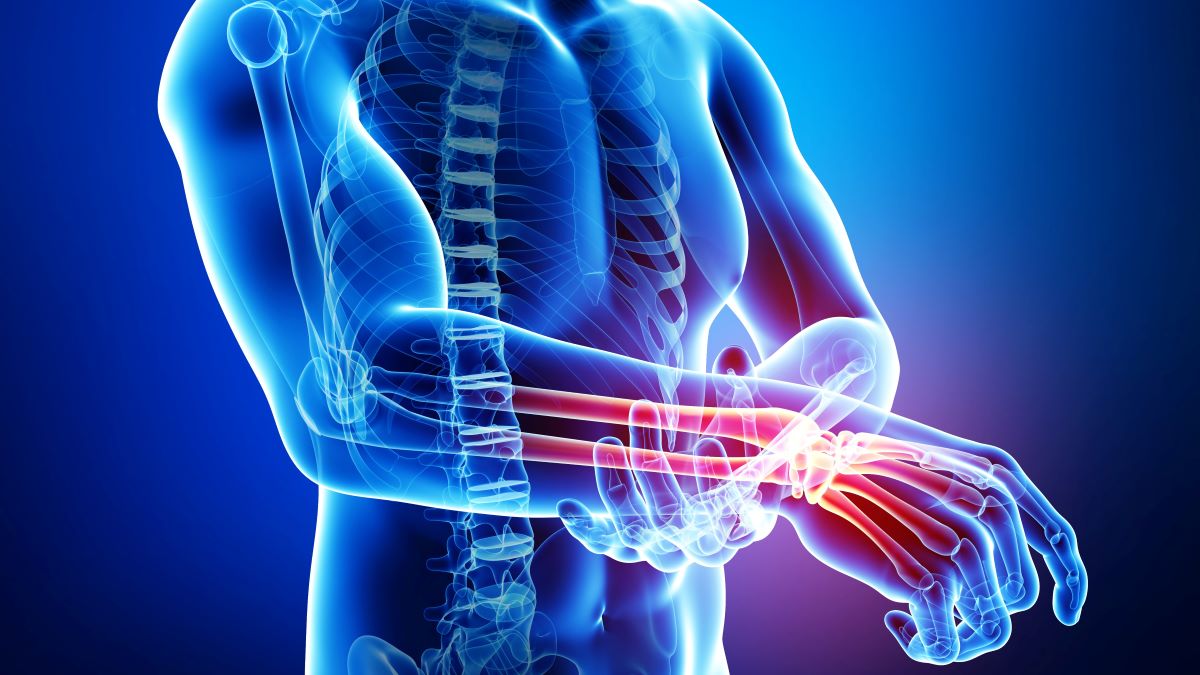Your hand’s anatomy enables it to perform a wide variety of highly complicated tasks. The hand is a complex body part consisting of numerous bones, tendons, ligaments, nerves, skin, and other structures. However, its complexity also makes it especially vulnerable to injury and pain.
Hand anatomy
The skeletal structure of your hand grasp consists of the following bones:
- The carpals
- The metacarpals
- The phalanges
Together with their joints, various tendons, and muscles, these bones allow for all the complicated movements of fingers and hands. For example, your forearm muscles enable the fingers to move through tendons found on the backside or palm of your hand. Likewise, the muscles in the hand ensure the precise movements of fingers.
Characteristic of hand pain
Some conditions cause temporary or acute hand or wrist pain, while others result in permanent or chronic one.
The term “hand pain” describes any discomfort in the joints or tissues of the fingers or hands. Usually, people define it using the following words:
- Aching
- Throbbing
- Hot
- Stiffness or soreness
- Burning pain
- Numbness
Hand pain causes
Burning pain, numbness, or sensation like “pins and needles” in the fingers and hands are often the result of irritation or compression of nerves responsible for carrying messages about feeling from the hands or fingers to the brain. Abnormal sensations or feelings are called paresthesias.
Many different diseases can make a hand hurt by affecting its structure. Some of the possible conditions that may cause hand pain include:
- Vascular diseases or problems with blood vessels
- Arthritis, or issues with the joints
- Neurological conditions, which are disorders of the nerves
- Infections
- Inflammatory conditions
- Tumors
Wrist pain causes
Damage to any wrist parts can cause pain and impair hand and wrist function. Common causes of wrist pain include:
- injuries that occur due to either the sudden impact or repetitive stress
- arthritis (osteoarthritis or rheumatoid arthritis)
- carpal tunnel syndrome
- ganglion cysts
- Kienbock’s disease
When to see a doctor
In some cases, hand or wrist pain will subside with simple treatments. However, certain conditions require more urgent medical care. You should see a healthcare provider if you have:
- Infection symptoms such as redness, fevers, and chills
- Injury resulting in a deformed hand or finger
- Difficulties with bending the fingers or making a fist
- Numbness in hand or fingers that is getting worse
- Hand still hurting after applying simple treatments
- Pain or swelling in the wrist that lasts more than a few days or worsens
Click Here to read about Treatment.
















Leave a Reply
You must be logged in to post a comment.